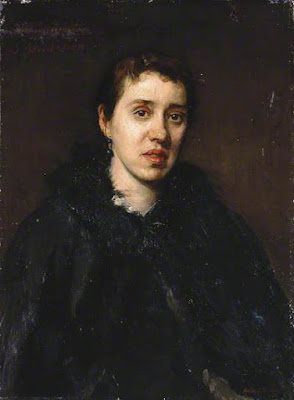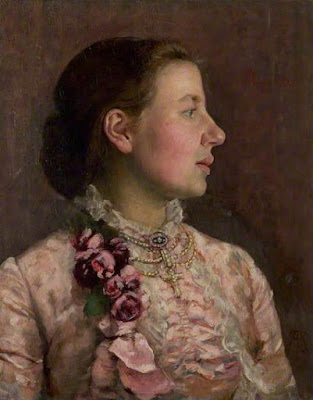Sometimes when researching in old newspapers you are taken by surprise at the vehement response to a painting which nowadays seems tame. In 1879 one painting rocked the art world at its very foundations and made people question the very roots of Christianity, not to mention the nature of beauty, truth and faith. Brace yourselves, I'm about to show you that painting.
Are you braced?
Here we go then...
![]() |
| The Annunciation (1876-79) Edward Burne-Jones |
To understand how this picture dominated the art news of Spring 1879, we must go back a few years to the birth of the Grosvenor Gallery...
![]() |
| The entrance of the Grosvenor Gallery, 1877 |
Founded in 1877, the Grosvenor Art Gallery was founded by artist Sir Coutts Lindsay and his (also artist) wife, Blanche, as an outlet for the art they thought needed to be seen. It became a focus for artists who did not fit with the Royal Academy, whose tastes became the epitome of aestheticism, as opposed to the traditional RA. The way the spring exhibitions were chosen caused much discussion. With the Royal Academy, a 'Hanging Committee' held the power to reject works submitted by artists, causing much heartbreak. At the Grosvenor there was no submission without invitation by Sir Coutts Lindsay, and if you got the invite then your picture would be on the wall. It was one man's taste and that was that. According to the Royal Cornwall Gazette, it encouraged any artist who were 'the refined embodiment of genius which will never condescend to submit its productions to the discretionary powers of fallible hanging committees' and who were interested in art for arts sake, not some rather unseemly scrabble for fame in a public competition which was what the RA had become, in their opinion.
![]() |
| Inside the west gallery in the Grosvenor Gallery, May 1877 |
So far, so good, but that is just the opinion of the Royal Cornwall Gazette. Possibly, the idea that one man could rival the establishment's idea of good taste was not to everyone's liking. Which brings me to May 1879...The first reviews arrived around 2nd May and unlike the year before, which had been successful, these were not so glowing. The
Leeds Mercury started the ball rolling: 'Sir Coutts Lindsay can hardly be congratulated on the collection of pictures which he has brought together for the Summer Exhibition at his gallery'. There was a profusion of 'positively bad work' and paintings that were only interesting because they were damn right weird. The pictures were full of 'soulless creatures who gaze vacantly from so many canvases' who only inspired the viewer to depression. The majority of the artists displaying works come in for criticism, from Alma Tadema and Lord Leighton to Whistler and Holman Hunt, but the final words are saved for Edward Burne-Jones and the five pictures he submitted to the exhibition.
The Annunciation has 'all the peculiarities of the artist's style', and the Pygmalion series are shown in 'a thoroughly original manner, but not in a way to disarm criticism'.
![]() |
| Pygmalion and Galatea: The Godhead Fires (1878) Edward Burne-Jones |
Although the
Leeds Mercury took a fairly dim view of the content of the exhibition, others found much to praise. The weekly national paper, the
Era published a rather more glowing review on 4th May. After criticising the 'elaborate system' pursued by the Royal Academy, they found Lindsay's way of working to be fair and consistent, allowing the public to see great art that they otherwise might not get to see. There was definitely a feeling that Lindsay was seen as 'one of the people', just a rich one who gets to show other people of taste the art they would like without any of the internal politicking of the rather more 'faceless' Royal Academy. Sir Coutts Lindsay was putting his name on the line by openly saying 'this is my taste, come and see' and many newspapers, especially in the regions seemed to appreciate this approach.
It wasn't all good news in the
Era review.
Pygmalion got the thumbs up for its 'remarkable power and originality' but
The Annunciation was dismissed in one line - 'No.166,
The Annunciation, must certainly be considered a failure'. There was no explanation, just that one line.
![]() |
| Punch's cartoon of an aesthetic poster (1881) |
By 10th May, there had been enough reviews and publicity of the exhibition that a satirical poem was published in
The Examiner, by the dramatist and critic Henry Savile Clarke. The rather creepy poem tells of how he is in love with an 18 year old girl who adores aestheticism. The narrator doesn't share the passion for art but fakes it for love of the lady: 'Her talk is of Morris's Lily, / and things that are "precious" and "sweet", / I feel it's consumedly silly, / But still I bend low at her feet.' There are mentions of living up to your china, and the Grosvenor Gallery, with Burne-Jones'
Pygmalion hanging behind them as they view the paintings and he dreams of a 'soda-and-b'. There are definite shades of what would come in 1881 with Gilbert and Sullivan's
Patience, with 'sage-green' clothes and blue china, when all the chap is after is the young lady: 'I always was very mimetic, / and so with my arm round her waist, / I feel I'm becoming aesthetic, / A person of taste!'
Although not a review
per se, the poem shows how the attention to the exhibition also reflected people's attitude to aestheticism and the Grosvenor in general. Clarke's girl may only love the art 'because it's in fashion' rather than any actual appreciation of the art itself and is probably as big a faker as the narrator, a position that may well be extended to all the Grosvenor's clientele.
By 12th May, discussion had gathered pace and
The Standard weighed in with their review which alluded to the situation: 'Mr Burne-Jones's work at the Grosvenor Gallery is far too thoughtful and individual to be dismissed with a few disparaging words, but it is also far too deficient in some of the most necessary qualities of noble art to be held, by a quite reasonable judgment, as worthy of unmodified ecstasy.' His work is filled with 'serious thought' and 'ordered beauty' but their concern was in his use of 'the worn and wasted type' of model he had used in his art and was present in the form of the Virgin (modelled for by Julia Stephen, niece of Julia Margaret Cameron) and the figure of Venus in the
Pygmalion series. It seemed to be the first time a review mentioned the two figures specifically as being the problems in the works, but it certainly wasn't the last.
It really came to a head on 16th May. The Royal Cornwall Gazette gave the gallery and its exhibition a good review but that sentiment was not shared by the
Pall Mall Gazette in their review that just concentrated on Watts and Burne-Jones and how rubbish they both were.
The Annunciation was described as 'unquestionably faulty, and faulty in the highest degree', complaining that if the angel had come to declare that the Virgin was to give birth to the bring of 'ruin on the human race' then their miserable expressions would have been fitting. The piece attacked in no uncertain terms the fact that the news brought by the angel was of glory and honour rather than misery, and that was the fault of the Burne-Jones school who see 'joy, rightly considered is melancholy and glory despair'. They went on to say that Burne-Jones should be warned that his inability to show any other emotion than despair 'may damage his reputation' as they could not believe anyone would
choose to show the Virgin Mary like that.
As for
Pygmalion, their attack centred on the feet of Venus: 'It would do the rhapsodist critic good if he will scan that bit of drawing [the foot of Venus], recollecting that the great toe is not meant for a tinker's thumb; but that the whole foot - with those hideous nails imbedded in the flesh, and every line bearing testimony to congenital bad form distorted by tight boots - is the foot of the Goddess of Beauty.' In concluding, the writer states that you will find 'nothing so revoltingly bad as Venus's foot', although the rest is pretty awful.
![]() |
| The Horror! |
This might have passed as just another bad review had it not been for the letters page of the
Pall Mall Gazette. Four days after the review, there appeared a very odd letter from 'Q.T.', entitled 'A Challenge'. Describing himself as a gentleman in his 40s who has always gone about in ill-fitting shoes, he raised a wager that his 'pedal extremities' were more beautiful than Burne-Jones' Venus's feet. Going further he bet that any man off the street would have nicer feet than the goddess and he bet any amount of money up to £5,000. If he won, Q.T. offered to take his winnings in paintings from the Grosvenor, although obviously nothing by Burne-Jones. Hilarious indeed.
Three days later came another response, this time from 'S.C.' who suggests that rather than asking any random man off the street if their feet are nicer than Burne-Jones can paint, three foreign artists who are well known in England should be asked their opinion of Burne-Jones in general and
The Annunciation in particular. The Pall Mall followed the letter with the response that no three artists could be found because 'Every Christian knows that the Annunciation ought not to be treated as a deplorable event, and no artistic training is necessary to perceive that Venus ought not to be represented with a foot that the least sensitive of kitchen-maids would be ashamed to reveal.'
The
Pall Mall Gazette were mistaken as less than a week later just such a letter arrived from Alphonse Legros, William Blake Richmond and Sidney Colvin, three Slade Professors of Art, and well-known artists, and all willing to give their approval to Burne-Jones and his
Annunciation which they felt to be 'of the very highest order both of imaginative and technical power'. You'd think that would be an end of it but obviously the
Pall Mall Gazette could have the last word in response to the letter. They maintained that dozens of artists would be happy to come forward to disagree with the three Slade professors and anyway the professors didn't say in full that the Annunciation was a sad event and that Venus's feet should look like that so their letter was pointless. So there.
The letter from the Professors drew even more attention to the argument, as reported in the
Evening Telegraph, the letter quoted in full without comment. Furthermore when Colvin wrote a longer piece explaining why exactly he felt Burne-Jones was justified in portraying the annunciation in whatever manner he wanted, the
Pall Mall Gazette were quick to respond. All of a sudden expressing your opinion in full was akin to bullying, according to the PMG, and they literally quoted chapter and verse, stating that Burne-Jones reflected nothing that appeared in the Bible, just his 'same expression of woebegone weariness' and that Professor Colvin was nothing but 'disingenuous' to quote scripture. So there. Again.
![]() |
| A Private View (1883) William Powell Frith |
If the whole puzzling scrap tells us anything then possibly it should be to not bother challenging a newspaper's opinion because they will always get the last word, or at least behave that they have. The ferocity of the correspondence does hint that the problem was about more than a sad virgin and a goddess' toe. Burne-Jones and the Grosvenor were seen as one and the same in a number of the reviews and herein lies the problem. Why bother attacking a man and his gallery just because you don't like the way he operates when you can dismiss his choices as faulty thereby calling into question the whole ethos of the Grosvenor? The Grosvenor was praised for its transparent selection process, either Lindsay liked you or he didn't, but in setting themselves up against the RA, either on purpose or just by association, , the Grosvenor was seen to present itself as the arbiter of taste. Fashion followed him which no doubt put shillings in the till but also attracted ridicule which would continue in the 1880s through
Patience. In their review of the Royal Academy's exhibition
The Graphic felt the need to preface it with an attack on the Grosvenor, calling it an arena of 'unwholesome passions'. With his painting of the crowds at a private view at a London art gallery, William Powell Frith wrote
"Beyond the desire of recording for posterity the aesthetic craze as regards dress, I wished to hit the folly of listening to self-elected critics in matters of taste, whether in dress or art. I therefore planned a group, consisting of a well-known apostle of the beautiful, with a herd of eager worshippers surrounding him."
He seems to be expressing the prevailing feeling that one man, a self-elected critic in the matter of taste, is only followed by the foolish (and mainly female, like Savile's young aesthetic maiden).
Interestingly, the gallery Frith chose to show in 1883 was the Royal Academy. Don't tell the
Pall Mall Gazette...
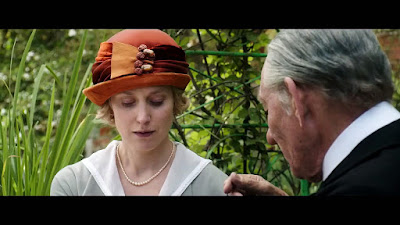
































































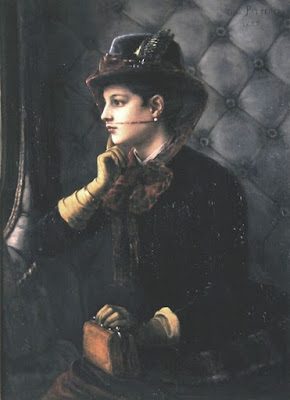
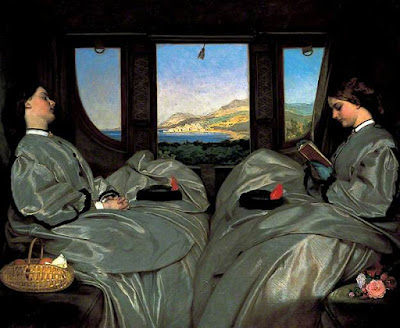

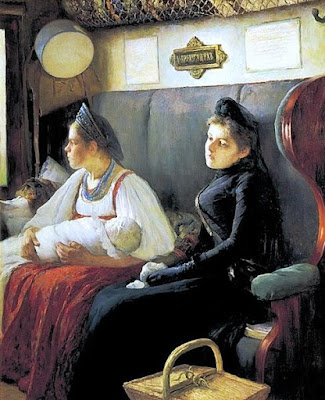






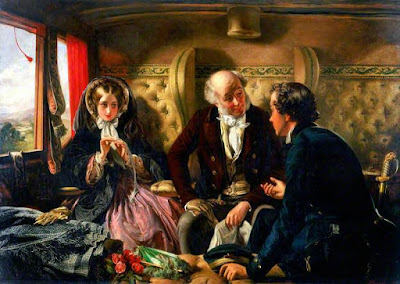


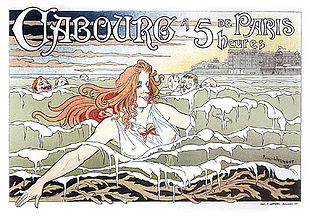














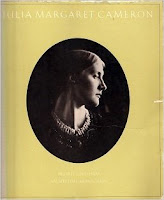






.jpg)
.jpg)
.jpg)
.jpg)


.jpg)





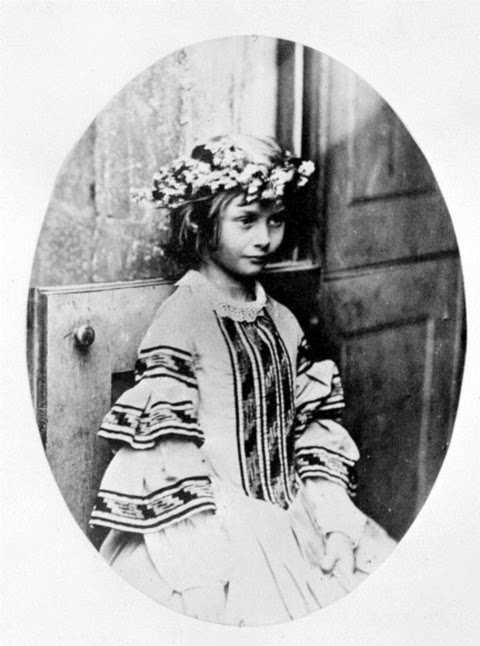




.jpg)

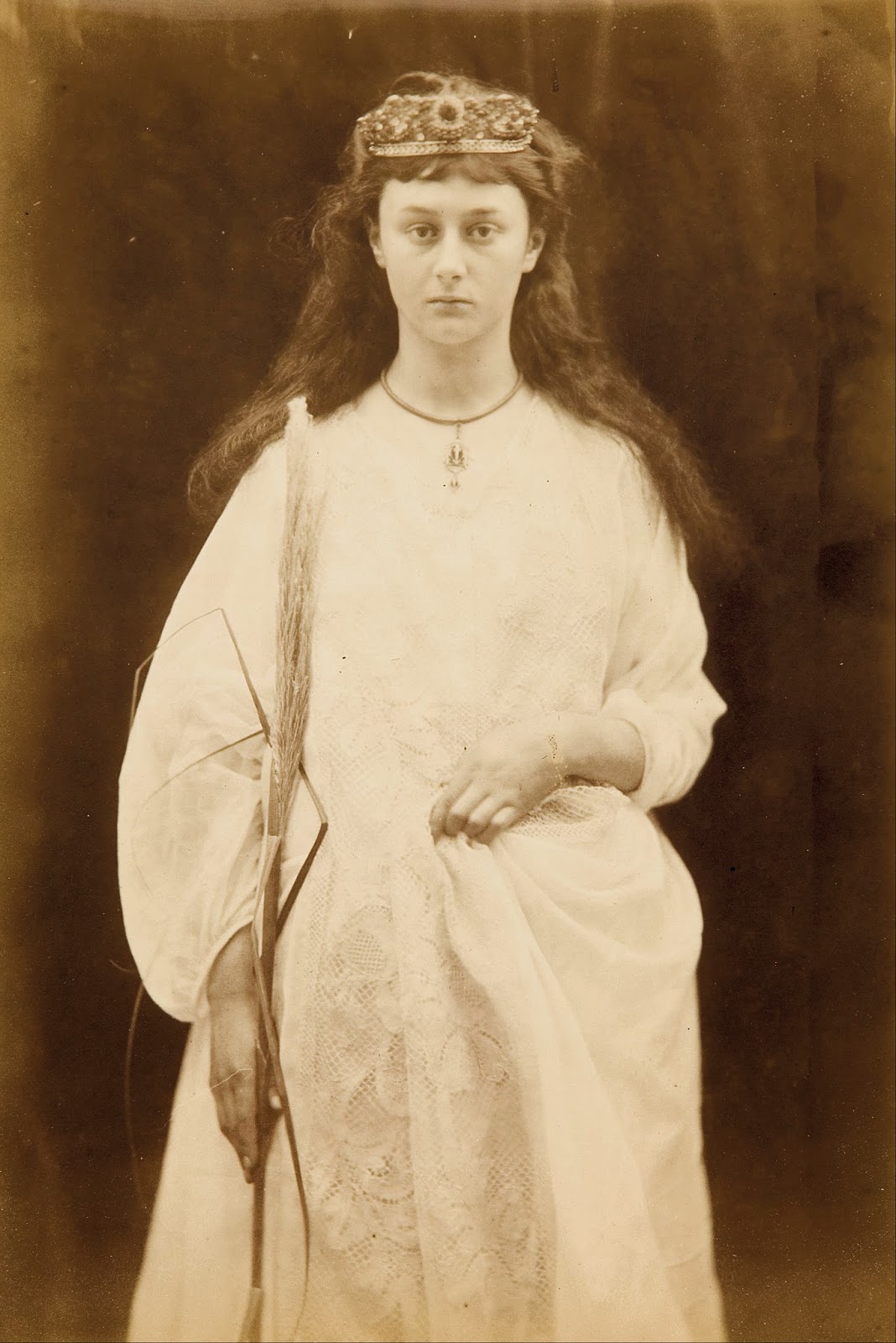_-_Google_Art_Project.jpg)
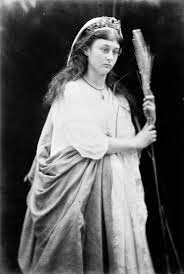
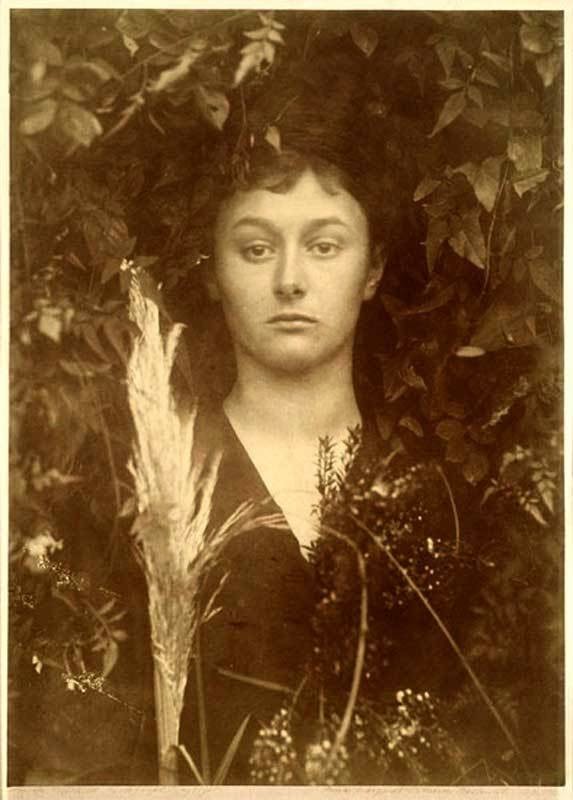










.jpg)
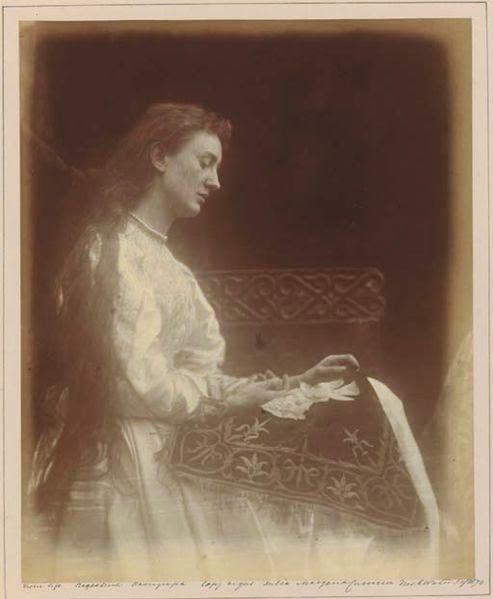_by_Julia_Margaret_Cameron_1874.jpg)

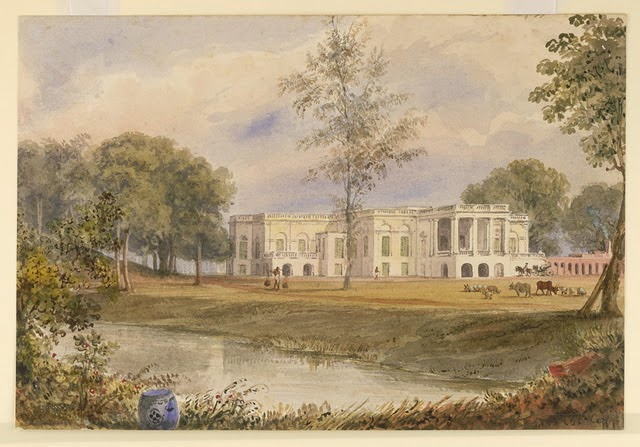_by_William_Prinsep_1838.jpg)


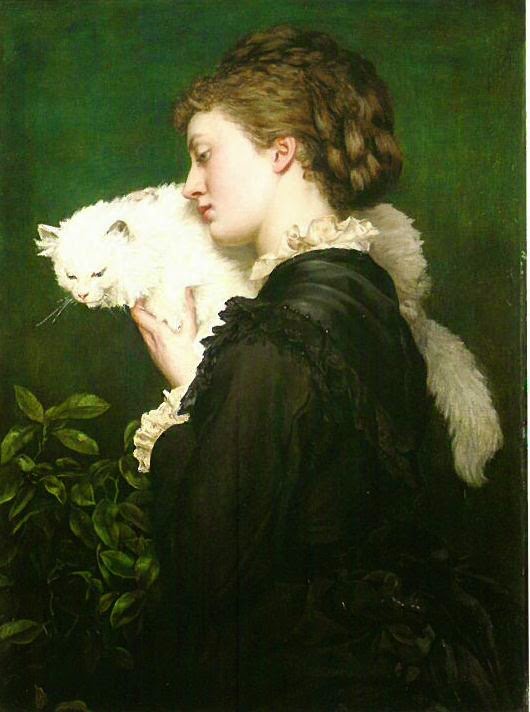


_1866_by_Julia_Margaret_Cameron.jpg)



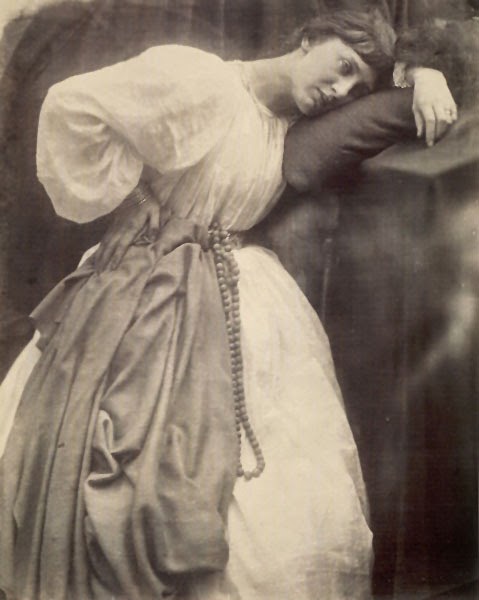.jpg)

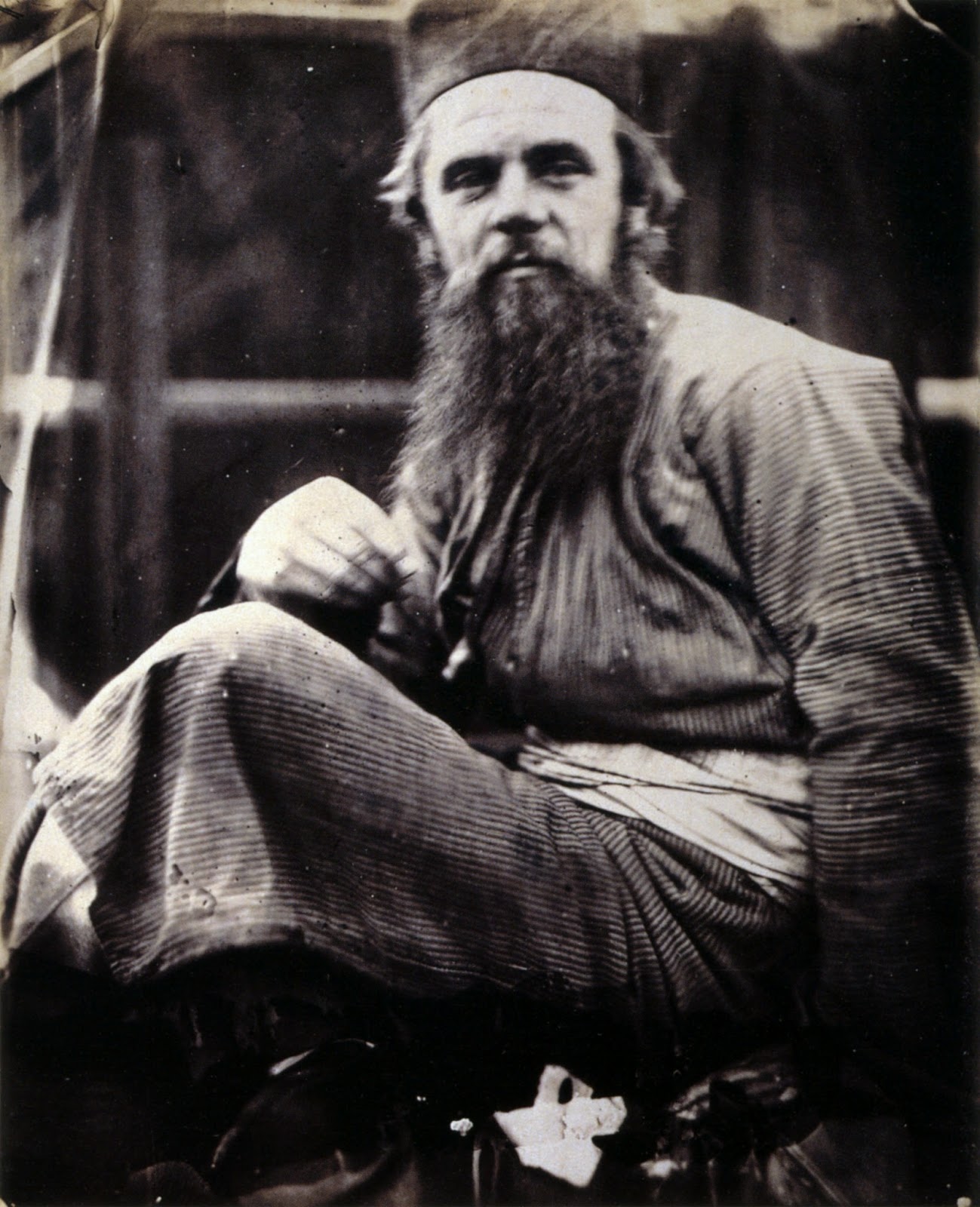






.png)

















